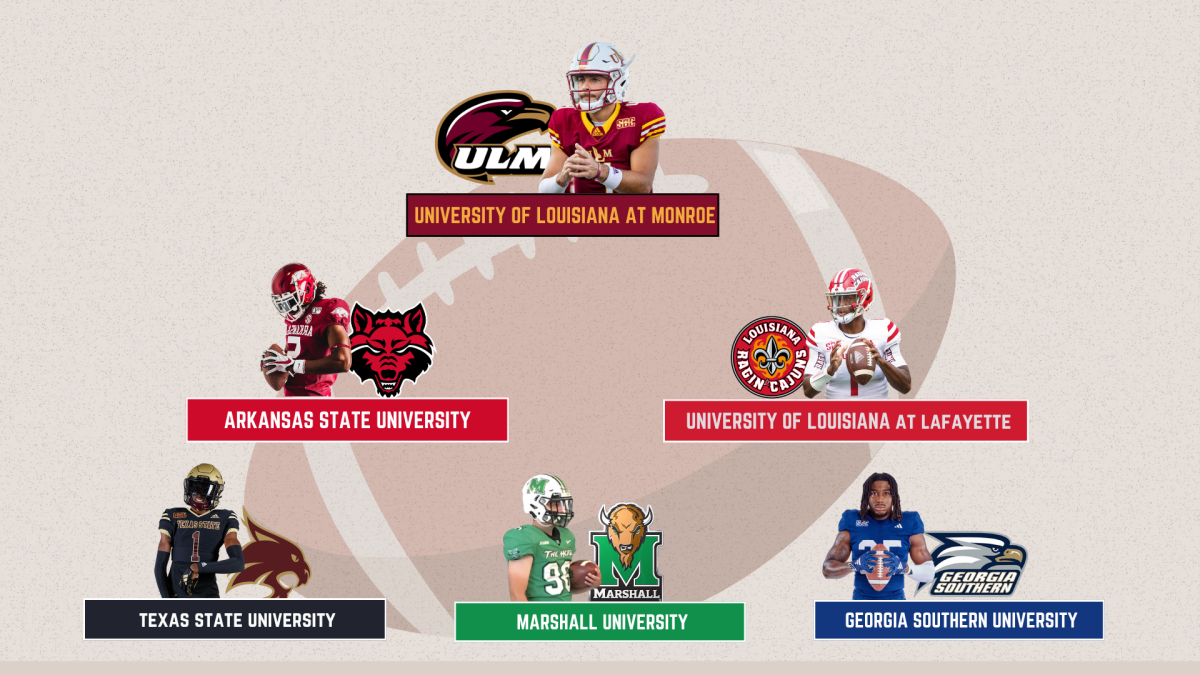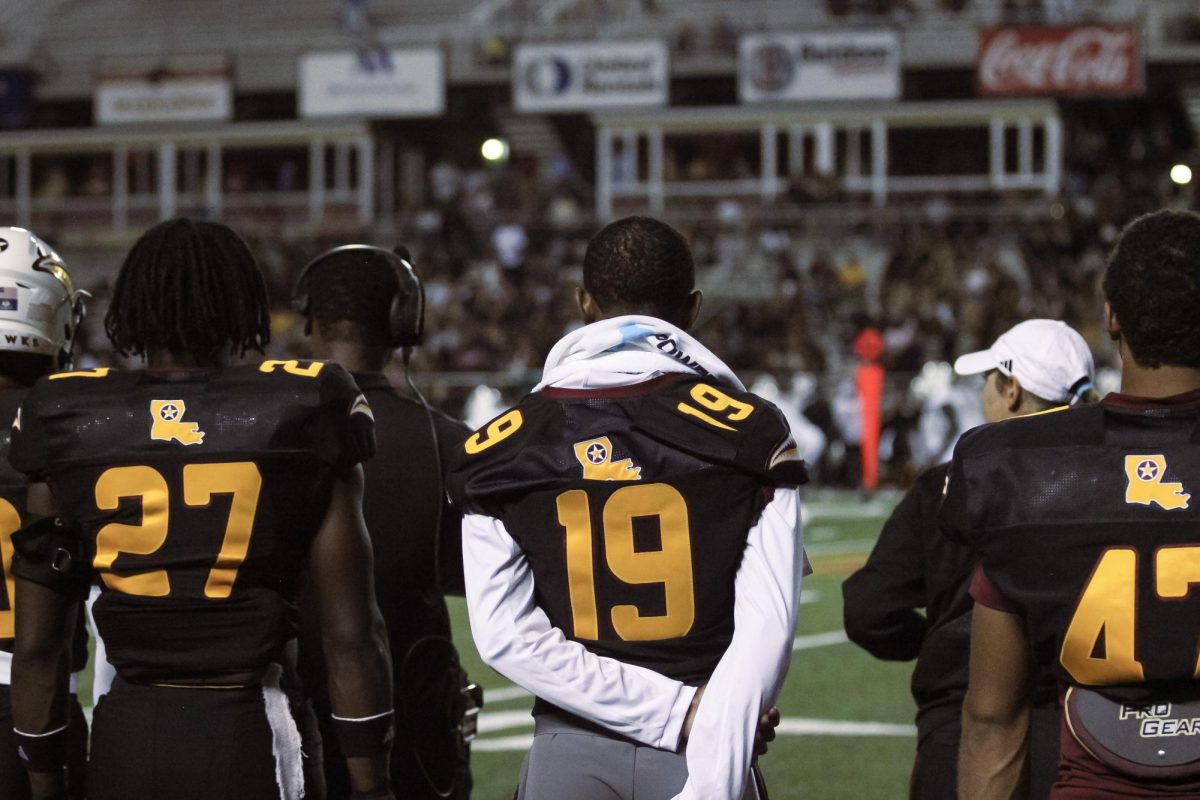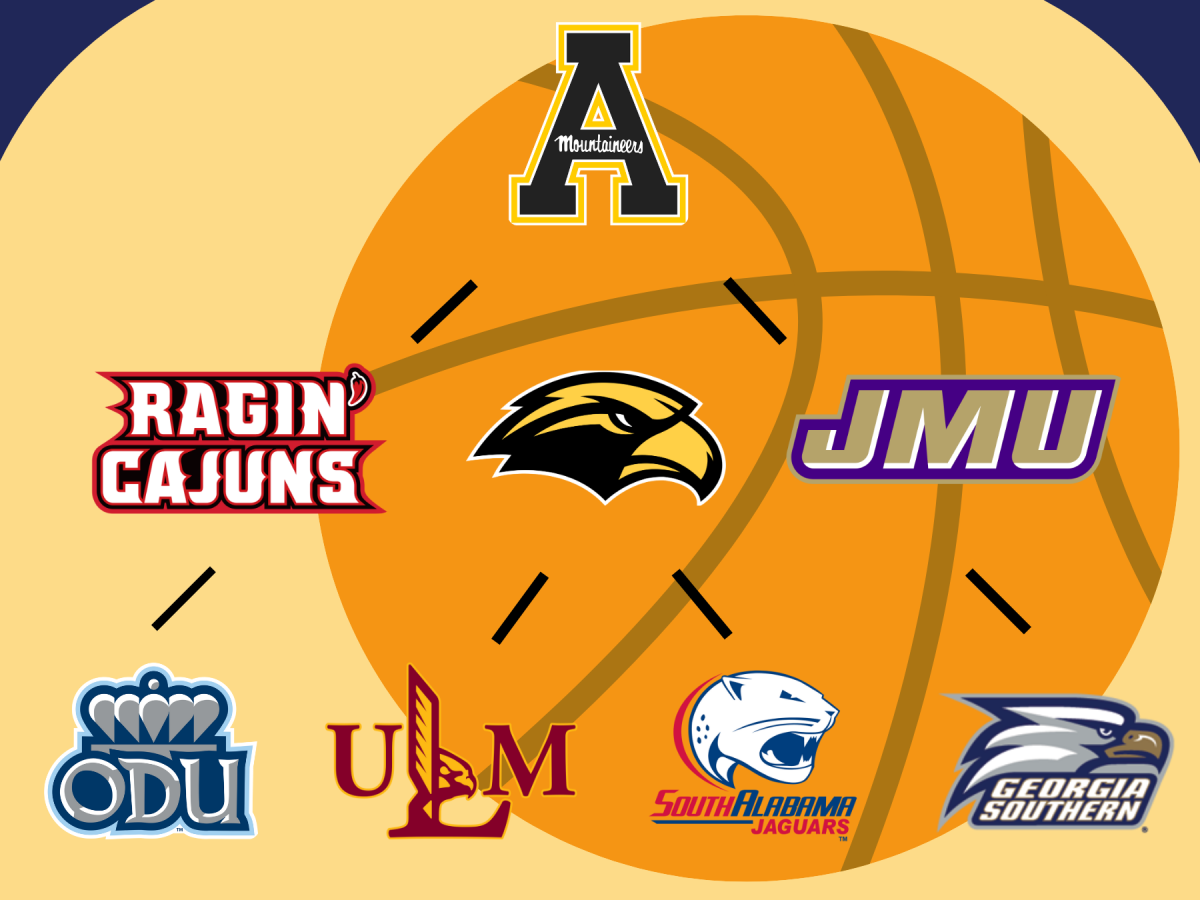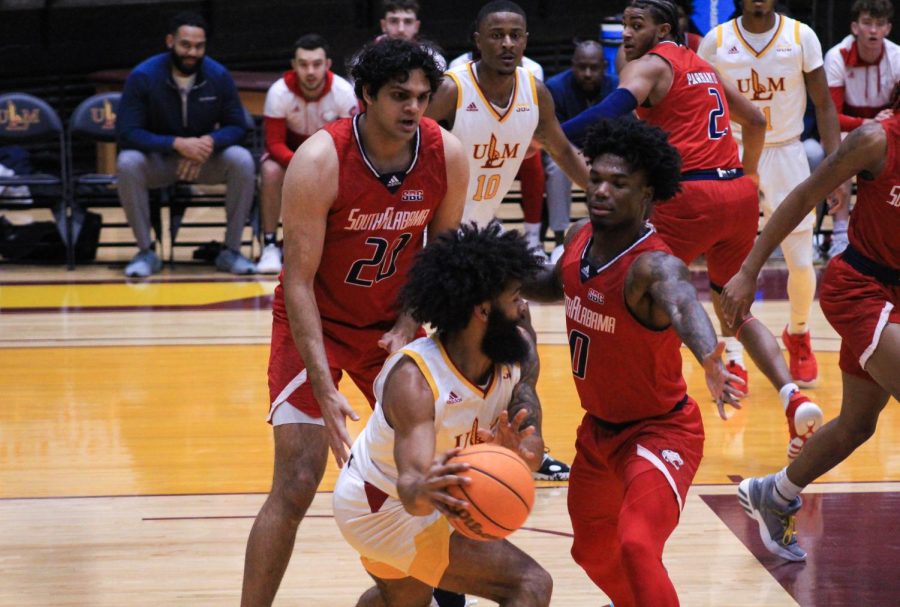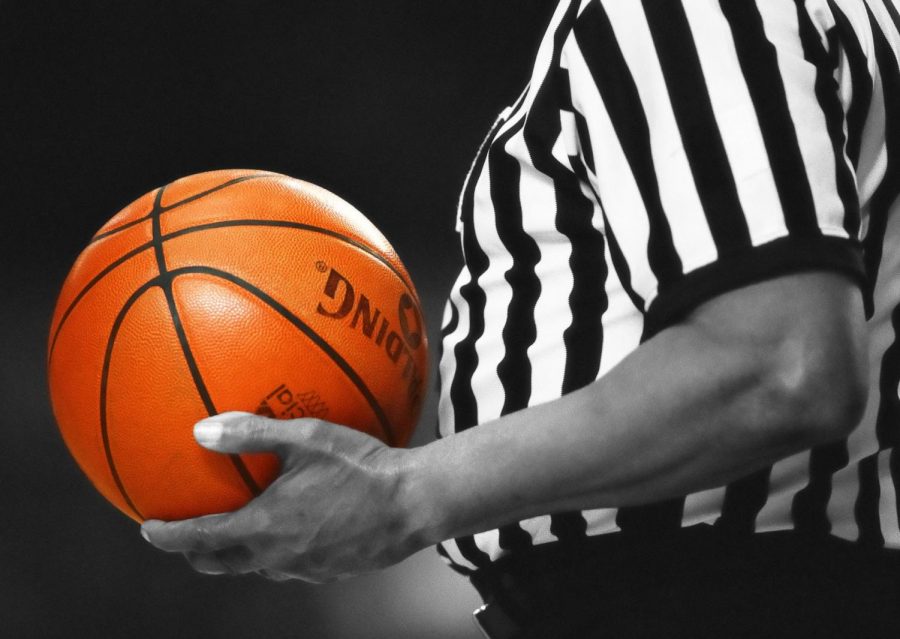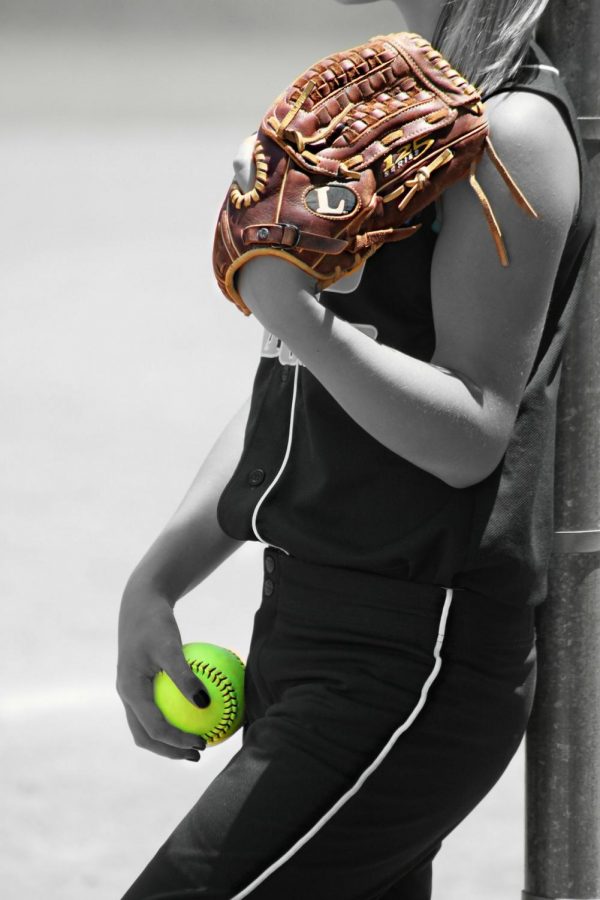College women’s basketball transformed from an afterthought into a household staple during the past two seasons. ESPN released the viewership totals following last Sunday’s title game. It drew the largest audience of any non-football, non-Olympic sporting event since 2019, with over 18.7 million viewers. These viewership numbers beat out not only every NCAA men’s basketball game but every NBA game in that timeframe.
The coverage created genuine interest in the sport by exposing the masses to the personalities in women’s basketball. Yet, there are so many more stories to be told that were left alone.
Last season, the clash between Iowa and LSU demonstrated to new fans that women’s basketball has as much competitive spirit and drama as any other sport.
Those two teams were featured routinely this season, leaving little room in the spotlight for other competitive programs and players.
When you have a phenomenal player such as Iowa’s Caitlin Clark, you warrant an unprecedented level of coverage. For LSU, the Tigers gained coverage from the chance at repeating championships or being a controversial (but locally loved) team.
But so many teams and players, besides LSU and Iowa, impacted the game this season.
South Carolina’s team lacked the coverage it deserved leading up to the tournament. In any other league, everyone focuses on an undefeated team entering the postseason. This year, they were an afterthought.
Yes, Iowa and Clark performed at a championship level. Yes, the controversial (but locally loved) LSU Tigers appeared capable of a repeat. But the conversation around South Carolina was much quieter in all but the most hardcore discussions. They capped off the perfect season with a championship win over Clark’s Iowa team, finishing 38-0.
South Carolina consistently ranks among the most impressive programs in women’s basketball each season. They have won three national championships in the past ten years, yet that has not been enough to warrant some deserved, continued coverage over the past season.
Similarly, Juju Watkins had an unbelievable season at USC, being second in the nation in points per game, only behind Clark. The difference is that Clark’s a graduating senior, and Watkins is an 18-year-old freshman averaging over 27 points a game for the Trojans. Watkins received recognition from time to time, but not nearly what you’d expect for the next big star.
As the sport continues to grow, offering a broad picture of the landscape is necessary. On the bright side, people are more interested in women’s basketball and the schools close to them.
Locally, it’s tremendous timing that ULM’s women’s basketball program became relevant and competitive this past season. The team’s surprising leap from the bottom of the Sun Belt to an impressive run in the Women’s National Invitational Tournament (WNIT) earned the support of the campus and community.
People packed Fant-Ewing Coliseum when just a season prior, it was almost impossible to get fans in the stands for free.
Women’s basketball is growing, and interest at the college level is likely here to stay, but that depends on the presentation of the game and its players. With Clark declaring for the WNBA draft, and many more stars following her in years to come, a new wave of players is ready to be recognized among the best in today’s game.
Categories:
Women’s basketball deserves national attention
Cameron Jett, Graduate Assistant
April 15, 2024
0
More to Discover


